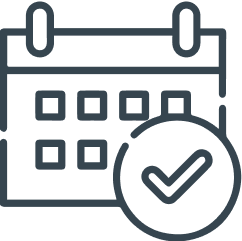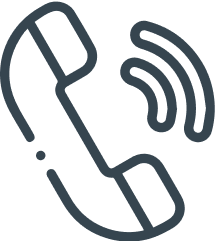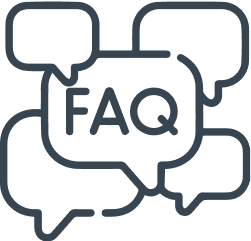Attention Deficit Hyperactivity Disorder (ADHD) can present challenges for both children and their caregivers. Finding the right ADHD treatment for kids approach is crucial for managing symptoms and fostering a child’s success. Let’s explore two common options: neurofeedback therapy and medication, helping you understand their benefits and considerations.
Exploring Neurofeedback Therapy: A Non-Invasive Approach to Treating ADHD in Children
Neurofeedback is a non-invasive ADHD treatment for kids that uses real-time brainwave monitoring to train the brain. Here’s how it works:
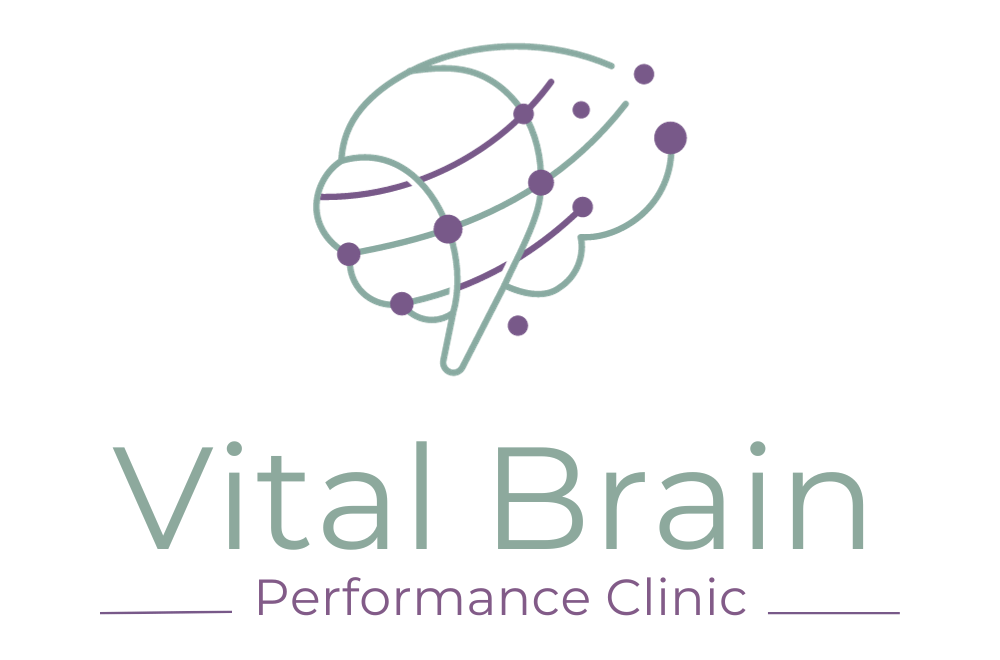
- Brainwave Biofeedback: Sensors placed on the scalp detect brainwave activity. This information is then displayed visually or through audio cues.
- Training the Brain: Children learn to recognize and adjust their brainwave patterns in response to feedback. Over time, with repeated sessions, the goal is to train the brain to self-regulate and improve focus, attention, and impulsivity.
Benefits of Neurofeedback for ADHD:
- Non-invasive and Medication-Free: Neurofeedback offers a safe and drug-free approach to managing ADHD symptoms.
- Long-Term Effects: Studies suggest that the positive effects of neurofeedback can be sustained over time.
- Improved Self-Regulation: Neurofeedback can empower children to learn how to manage their own brain activity, fostering a sense of self-control.
Considerations for Neurofeedback:
- Treatment Time Commitment: Neurofeedback typically requires weekly sessions for several months to see results.
- Cost: Neurofeedback may not be covered by all insurance plans, and the cost can vary.
- Finding a Qualified Provider: It’s important to choose a licensed and experienced neurofeedback therapist.
The Role of Medication in ADHD Treatment for Kids: Benefits, Risks, and Considerations
Medications are another common approach to managing ADHD symptoms in children. Here’s a breakdown:
- Types of ADHD Medication: Stimulant medications are the most commonly prescribed type. They work by increasing levels of dopamine and norepinephrine in the brain, which are neurotransmitters that influence focus and attention.
- Benefits of Medication: Medication can be very effective in reducing hyperactivity, improving focus, and helping children manage impulsivity.
- Risks and Considerations: Medication can have side effects like decreased appetite, sleep problems, and anxiety. It’s important to discuss these risks with your child’s doctor and monitor for any potential issues.
There’s no one-size-fits-all answer when it comes to ADHD treatment for kids. Discuss your options with a qualified healthcare professional, keeping your child’s individual needs at the forefront of the decision. By understanding the benefits and considerations of both neurofeedback and medication, you can work towards finding the most effective approach for your child’s journey towards success.
